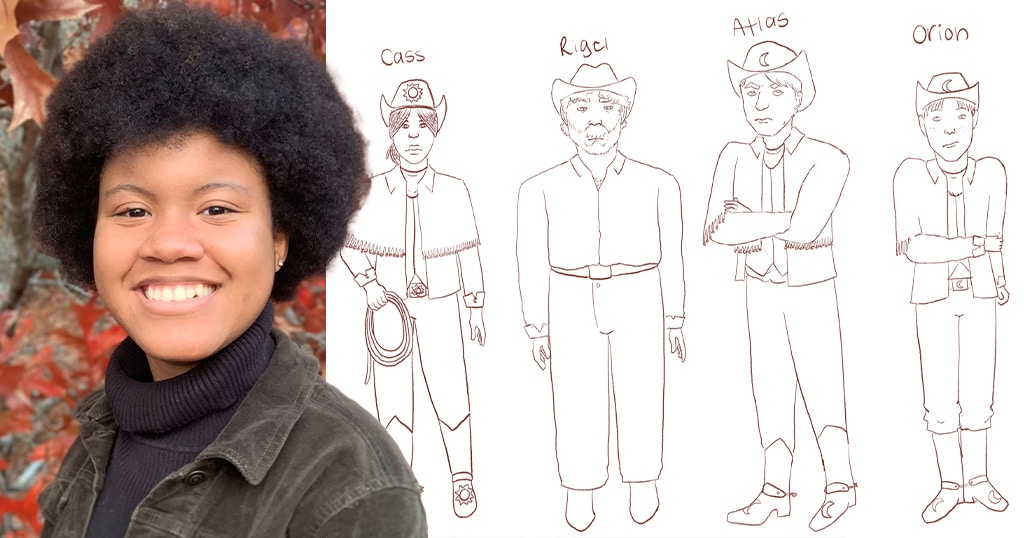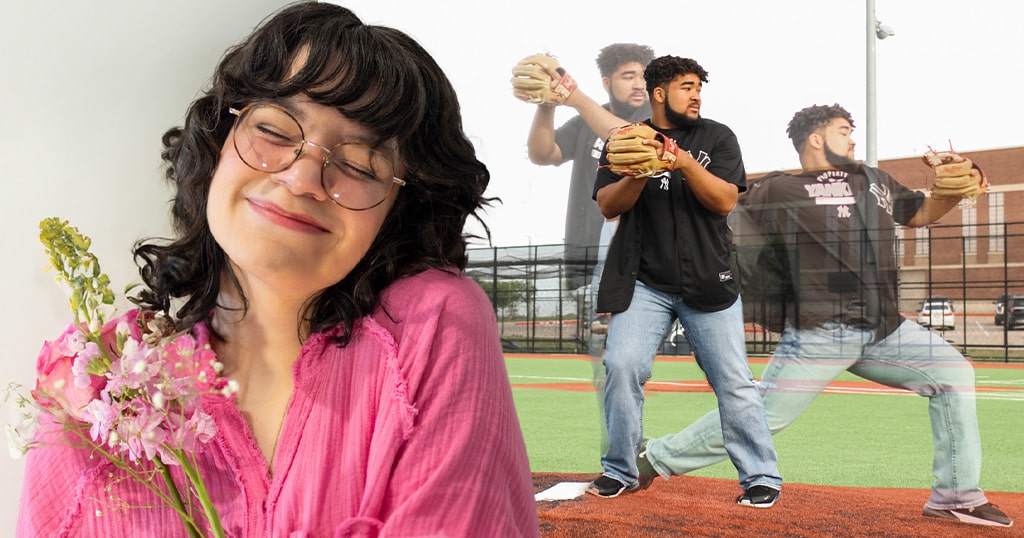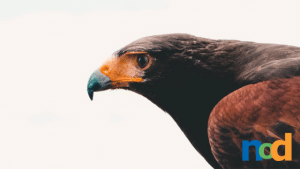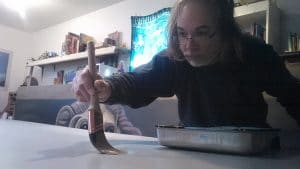Making Movies That Tell Stories
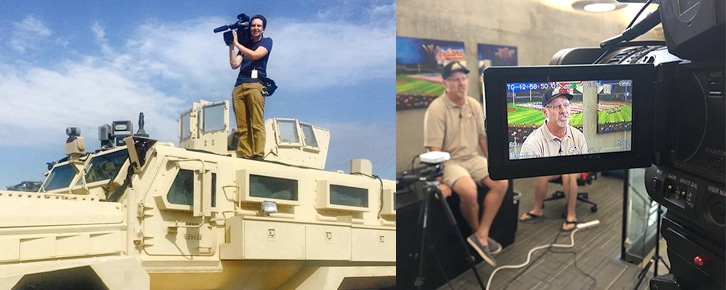
This fall, Arizona-based videographer and documentarian Alyson Titkemeyer was hard at work with the Sessions College team renovating our Digital Video Production course in our online Digital Media program for the social media age. In a brand new course, this veteran of broadcast news and video journalism covers everything from camera essentials to the finer points of continuity editing.
Q: Alyson, what first attracted you to making movies? What were your early experiences and did you pursue a program to get your training?
I’ve been shooting video since my elementary school days actually! My mother worked for Kodak and encouraged my sister and me to shoot photos and videos. I took a few lessons in high school. I’ve always known I wanted to shoot video. I used to make Claymation videos and stop motion animation videos with action figures, always a bit of a geek!
I received a B.A. in Documentary Studies with a minor in film from Santa Fe University of Art and Design. A lot of what I’ve learned has been working in the field as a video journalist. I also attended National Press Photographer Association training where I met a lot of mentors I still keep up with today.
Q: You’ve worked at various news stations in including WGNO and others. Can you talk about your experiences. What kinds of different roles have you played in putting together film for news stations?
At WGNO my title was “Preditor,” which stands for Producer/Editor. It basically is a funny way of saying I did everything. There are a lot of terms floating around for solo journalist. It’s a growing practice that news stations hire “one man bands” or a “Multi Media Journalist”.
I loved it. I chose human interest stories I wanted to tell, I organized them, shot them, and edited them. Since I am not a reporter, I did what are called natural sound stories. These stories didn’t feature reporters or voice over track but were like mini documentaries.
I also worked with sports directors to shoot sports and create teaser videos. These were fun too. Quick 30 second spots with fast-paced football!
Q: What’s the most fun about making a movie?
I love going out and meeting people and doing them justice by telling their story. I come from a documentary background. Getting important stories out there that make people feel and think are the highlight of my day.
I also worked on film sets making films. On film sets you’re on a team and you feel like you’re part of something bigger than yourself. When you spend 12-14 hours a day with a person you create a great bond.
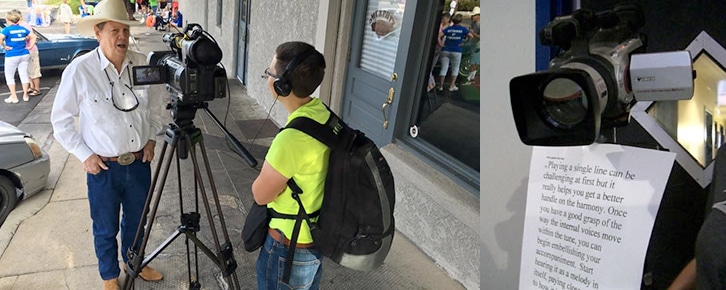
Q: In your new course, there’s an emphasis on fundamental storytelling: about making sure your shots, story structure, editing, and soundtrack all support a story. Why is story telling important?
Storytelling is so important today! People don’t watch conventional advertisements any more. When you turn on your TV or see videos on social media they’re stories about brands about products. You can tell me all about a product or brand but it isn’t until you make me feel something that I will remember you or your brand.
Storytelling is the way we relate to the world and each other, everyone should know how to do it.
Q: What are some ways that film makers can make the audience care about a story?
It helps if you care about your subject, yourself. No matter what story I do, whether it is assigned or whether I choose it, I try to find the aspect of the story I connect with.
The first step is to capture great moments. In documentary, we really want to connect with what we’re seeing; I don’t want to be told what to think. Show me something instead. In fiction, I think similarly we don’t want to be beat over the head with things—we want to connect emotionally.
After that, I think editing and the pacing of your story will go a long way to getting your audience to emotionally connect with your story.
Q: What kind of qualities or attributes make a good film maker or editor?
You’ve definitely got to have heart! You’ve definitely got to be a good listener. There are tons of people out there who like to shoot video, and like to edit, but that’s different from being a storyteller. The best videographers and editors are storytellers at heart.
You’ve also got to be prepared to be constantly learning something new, because there’s always something new to learn. The market and people’s taste in videos changes all the time. Good videographers and editors have to be ready to keep up with the times. They’ve got to be innovative because there are so many videos out there. You need to make videos that stand out, that are different than the competition.
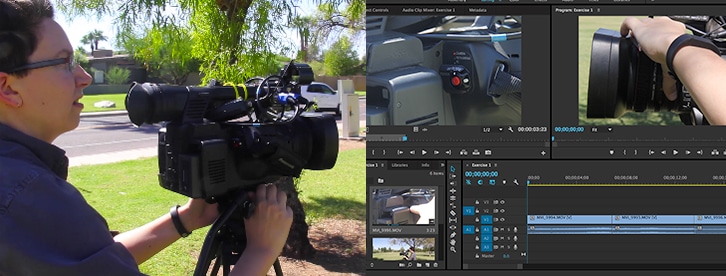
Q: Name five lesser known film makers you admire:
Here are some notes on five favorites and one oldie but goodie:
Kenneth Anger: I’m a documentarian but I love experimental film. In the experimental film world, Kenneth Anger is very well known. He’s been around a long time and his early experimental films were heavily influential to music video culture, Quentin Tarantino, and others.
Kirsten Johnson: Have you seen Cameraperson? It’s amazing. If you’re looking for how to make an audience connect with your work and how to capture great moments look no further than this documentary by Kirsten Johnson. She basically took her most compelling moments shot over 25 years and strung them together to form a narrative.
Bradford Young: This cinematographer is busy! Great color grading in his films. Most recently he did Selma, Ain’t Them Bodies Saints, and A Most Violent Year. He’s done a lot of great work making films look like they’re from a certain time and place.
Jed Gamber: He’s a friend of mine and the chief photojournalist at WBFF! Coming from the news industry I can tell you this guy does great work. In the news industry you’re not given a lot of time to work on projects. He does amazing work in very little time.
Mike Gioulakis: Remember his name, you’ll be seeing more work of his soon, I guarantee it. He’s the cinematographer for Split, It Follows, and John Dies In The End.
George Kuchar: OK, maybe you’ve heard of him! He’s another experimental cinema guy. I love his video diaries, and actually I could compare them to YouTube videos being made today. He did a lot of self documentation and had a very playful attitude towards creating videos back in the 60s and 70s. Everyone does video diaries now.
Q: The world needs more/better film makers because:
Now more than ever filmmakers are the ones being heard. No longer is print journalism as popular or read—filmmakers are now the ones primarily responsible for telling the important stories and making a difference.
Visit sessions.edu to find out more about Digital Video Production Course and other digital media courses in the Digital Media Degree program.
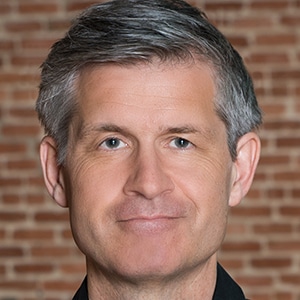
Gordon Drummond is the President of a Sessions College, where he is Director of Instructional Design, among many roles. He's passionate about education, technology, and the arts, and likes to surround himself with more talented people.

